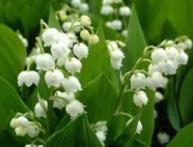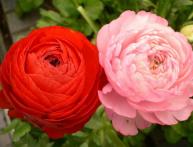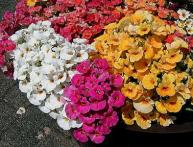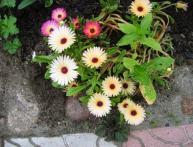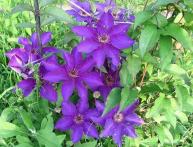Growing Gloriosa
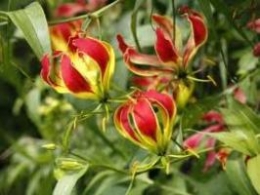
The genus Gloriosa consists of five species. Gloriosa - These are low or tall climbing and erect grasses. There are dwarf species. Climbing forms can reach a length of 5 meters. Glorioses are characterized by tuberous rhizomes, simple stems, leaves they are alternate, sessile, ovoid, ending in a tendril. At the top of the stem are flowers. They are large and have long stalks. Perianth lobes with a yellow border, free, wavy or curly, with a longitudinal fold in which the nectary is located. When the flower opens, it resembles a flame blown by the wind. That's why it is also called "flame lily". After flowering, the color of the perianth changes: the yellow border disappears, and the red color becomes more saturated.
Growing Gloriosa is not particularly difficult. Gloriosa prefers diffused light and humid air. To increase humidity, the pot is placed in a tray with water and also sprayed. Shade Gloriosa on the hottest and sunny days. The plant must be protected from cool drafts. In winter, Gloriosa tubers are stored at a temperature of about 10 degrees. The tubers overwinter in the same pot or in another pot with sand.
Gloriosa is grown using daughter tubers or seeds. It is more convenient to grow using tubers, then flowering occurs earlier. The soil must be chosen fertile. Drainage should be placed at the very bottom of the pot. Tubers are planted horizontally to a depth of 2 centimeters. A month later the first shoot appears.The temperature for the tuber should be approximately 20 degrees.


